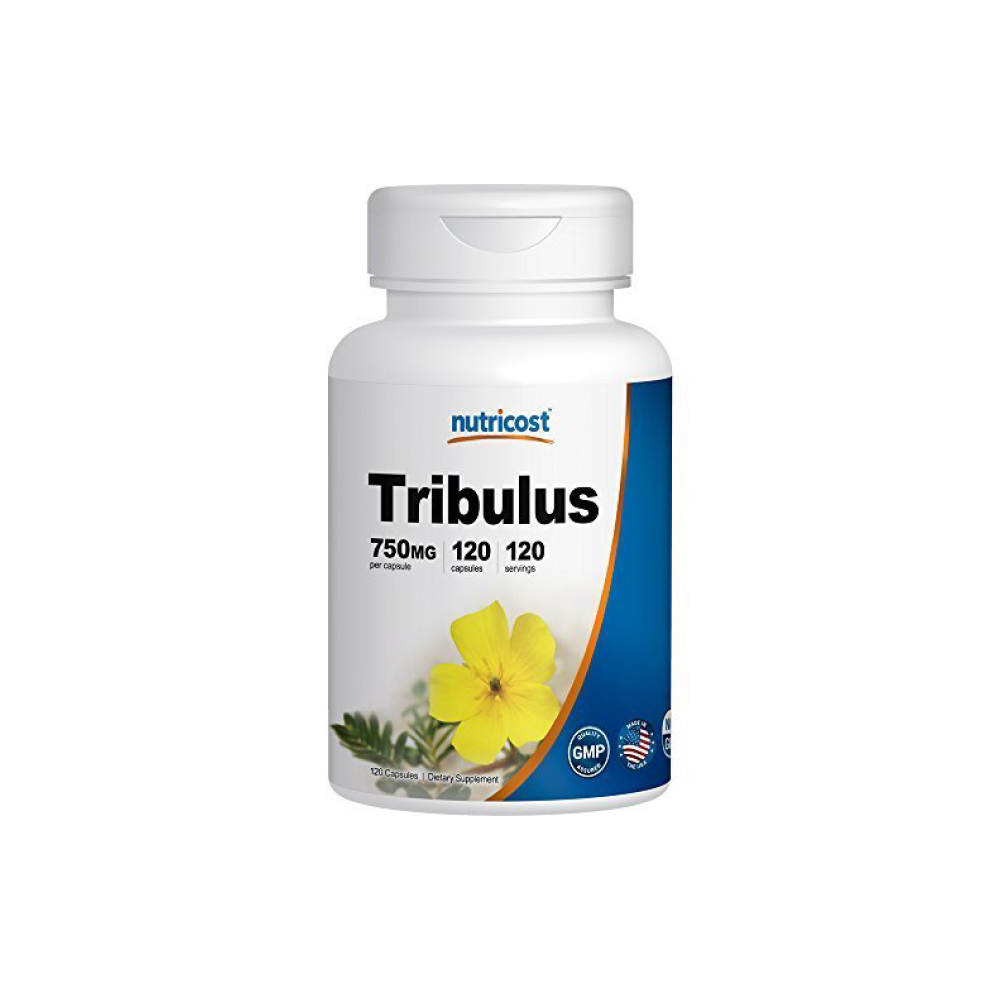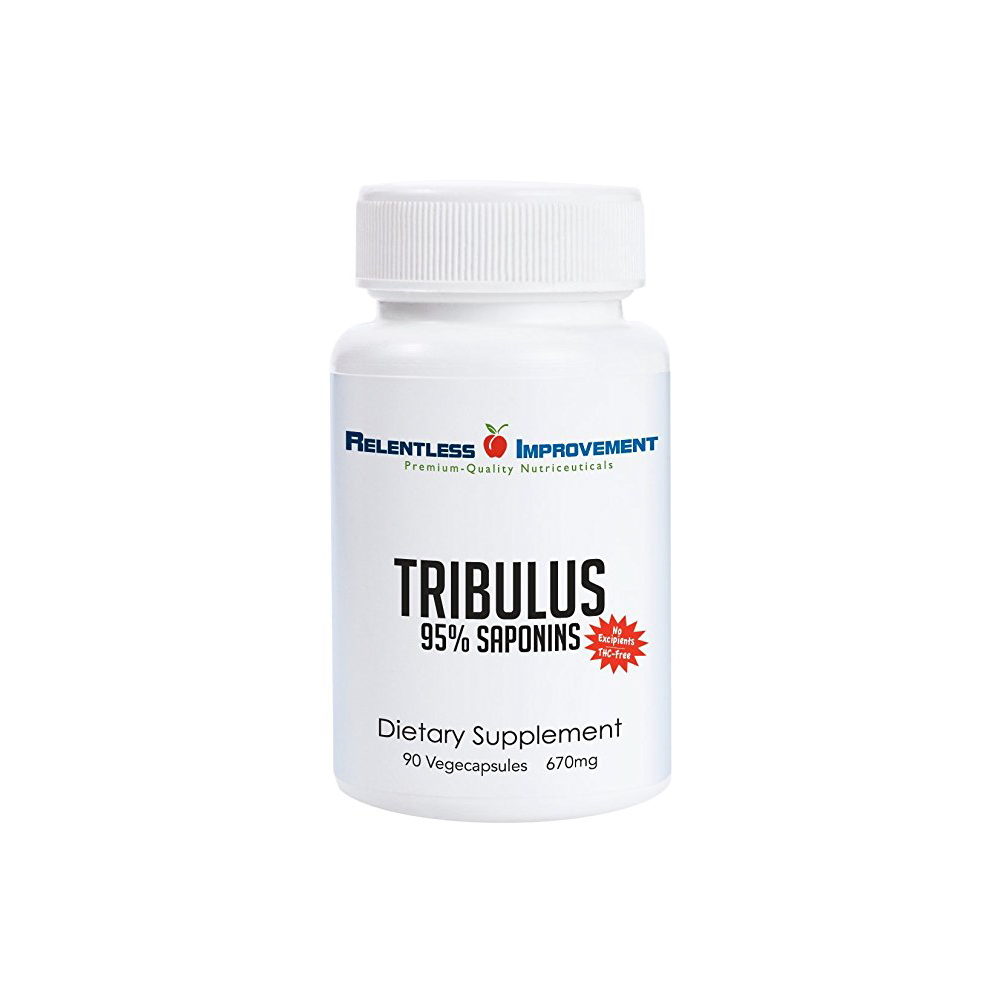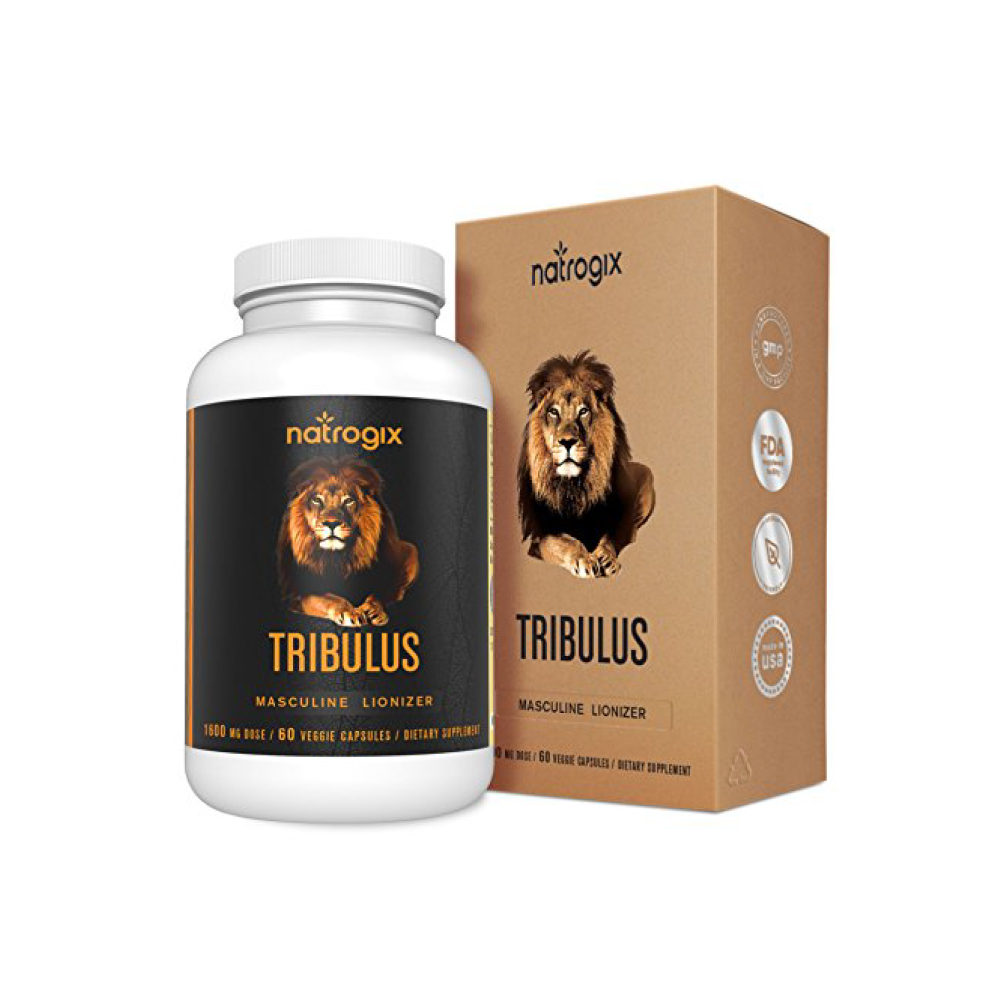What is Tribulus?
Tribulus, also known as puncture vine, is aptly named for its thorny seeds. This plant will grow where almost nothing else will. It can grow in moist, dark places, as well as dry, sunny spaces. This plant is so well adapted to most environments, it is considered a noxious weed all over the world.
Tribulus was made famous for its popularity in the Ayurvedic medical system, which used the plant for anything about the male reproductive system, and cardiovascular system.
The herb is most commonly used for treating poor libido, menstrual irregularities, erectile dysfunction, and cardiovascular disorders.
What is Tribulus Used For?
Tribulus is mainly used to improve microcirculation, as a cardiotonic for cardiovascular disease, and to treat sexual dysfunctions in both men and women.
Traditional Uses of Tribulus
+ Western Herbal Medicine
Traditionally the whole herb has been used as medicine, although there is not much literature on its uses from the past. [6].
+ Traditional Chinese Medicine
In traditional Chinese medicine, the fruit is reportedly used for chest pain, skin lesions, and swollen or painful eyes [6].
+ Ayurvedic Medicine
In Ayurveda, the fruit has been used to treat urinary tract infections and inflammations, as well as reproductive disorders. [6].
+ Unani Medicine
In Unani medicine, tribulus has been used as a diuretic, mild laxative, and general tonic [8].
+ Traditional Use Summary
Overall, the traditional uses of tribulus involves its use as a tonic, aphrodisiac, palliative, astringent, stomachic, antihypertensive, diuretic, lithotriptic, for chest pains, paifnul swollen eyes, and urinary tract infections [5].
Herb Details: Tribulus
Herbal Actions:
- Tonic
- Male tonic
- Estrogen in females (indirectly)
- Androgenic in males (indirectly)
- Fertility enhancer
- Cardiotonic
Weekly Dose
- (1:2 Liquid Extract)
40–100 mL - View Dosage Chart
Part Used
- Leaves and aerial parts
Family Name
- Zygophyllaceae
Distribution
- Tribulus is considered an invasive weed in many parts of the world.
Constituents of Interest
- Protodioscin
- Prototribestin
- Harmala alkaloids
- Tribulosin
Common Names
- Tribulus
- Caltrops
- Puncture vine
- Gokshura (Sanskrit)
- Bai Ji Li (China)
Pregnancy
Unknown
Duration of Use
- Avoid long-term use in therapeutic doses.
Featured Tribulus Supplements
Botanical Information
Tribulus is a member of the Zygophyllaceae family of plants, which contains roughly 285 species, and 22 genera.
The Tribulus genus contains about 13 different species, the most commonly used being Tribulus terrestris.
This genus as a whole is highly adaptable and will grow as a perennial in hot, desert climates, or as an annual in cold climates.
Pharmacology & Medical Research
+ Cardioprotective
The constituent tribulosin was shown to protect the myocardium against ischemia/reperfusion injury (through protein kinase C epsilon activation) [9].
Phytochemistry:
Tribulus leaves contain steroidal saponins (mainly furostanol glycosides including protodioscin and prototribestin), as well as small quantities of spirostanol glycosides, phytosterols (beta-sitosterol), harmala alkaloids (tryptophan-derived beta-carbolines)(some debate as to the presence of this however) [1-4, 7].
Clinical Applications Of Tribulus
Tribulus is useful for infertility, and low libido, especially in males. It's also useful for mild cardiovascular disease or insufficiency.
The high saponin content of the plant necessary to substantiate its effects means that saponin concentrated extracts are easier to use, unless tribulus is used alone rather than in formulation.
Safety & Cautions
Caution advised if using tribulus with liver disease, ulcers, or digestive disorders.
Some Tribulus products marketed towards performance enhancement have been found to contain anabolic steroids [6]. be cautious of this and only purchase from reputable companies.
The root and fruit of tribulus have also been sold as supplements, however, there is indication that these are not suitable for equal substitution for the leaf [6].
Synergy
Tribulus fruit has often been employed with ashwagandha in Ayurvedic formulas. [6]. Synergy may be present between these 2 herbs.
Recent Blog Posts:
References:
Gjulemetowa, R., Tomowa, M., Simowa, M., Pangarowa, T., & Peewa, S. (1982). Determination of furostanol saponins in the preparation tribestan. Die Pharmazie, 37(4), 296.
Tomova, M., Gjulemetova, R., Zarkova, S., Peeva, S., Pangarova, T., & Simova, M. (1981, September). Steroidal saponins from Tribulus terrestris L. with a stimulating action on the sexual functions. In 1st Proc Int Conf Chem Biotechnol Biol Active Nat Products. Varna (pp. 298-302). Chicago
Yan, W., Ohtani, K., Kasai, R., & Yamasaki, K. (1996). Steroidal saponins from fruits of Tribulus terrestris. Phytochemistry, 42(5), 1417-1422.
Conrad, J., Dinchev, D., Klaiber, I., Mika, S., Kostova, I., & Kraus, W. (2004). A novel furostanol saponin from Tribulus terrestris of Bulgarian origin.Fitoterapia, 75(2), 117-122.
Chhatre S, Nesari T, Somani G, Kanchan D, & Sathaye S. (2014). Phytopharmacological overview of Tribulus terrestris. Pharmacognosy Reviews, 8(15), 45-51. doi:10.4103/0973-7847.125530
Bone K, Mills S. (2013). Principles and Practice of Phytotherapy. Elsevier health. China.
Usman H, Abdulrahman F, Ladan A. Phytochemical and antimicrobial evaluation of Tribulus terrestris L. growing in Nigeria. Res J Biol Sci 2007;2:244-7
Khare CP. Indian medicinal plants: An illustrated dictionary. Berlin, Heidelberg: Springer Verlag; 2007. p. 669-71.
Zhang S, Li H, Yang SJ. Tribulosin protects rat hearts from ischemia/reperfusion injury. Acta Pharmacol Sin 2010;31:671-8.
Singh S, Nair V, Gupta YK. Evaluation of the aphrodisiac activity of Tribulus terrestris Linn. in sexually sluggish male albino rats, J Pharmacol Pharmacother 2012;3:43-7.














As COVID-19 continues to spread around the world, we’re getting a lot of questions on what the potential role of herbal medicine is during the outbreak. Learn how the virus works and how to limit your chances of transmission.